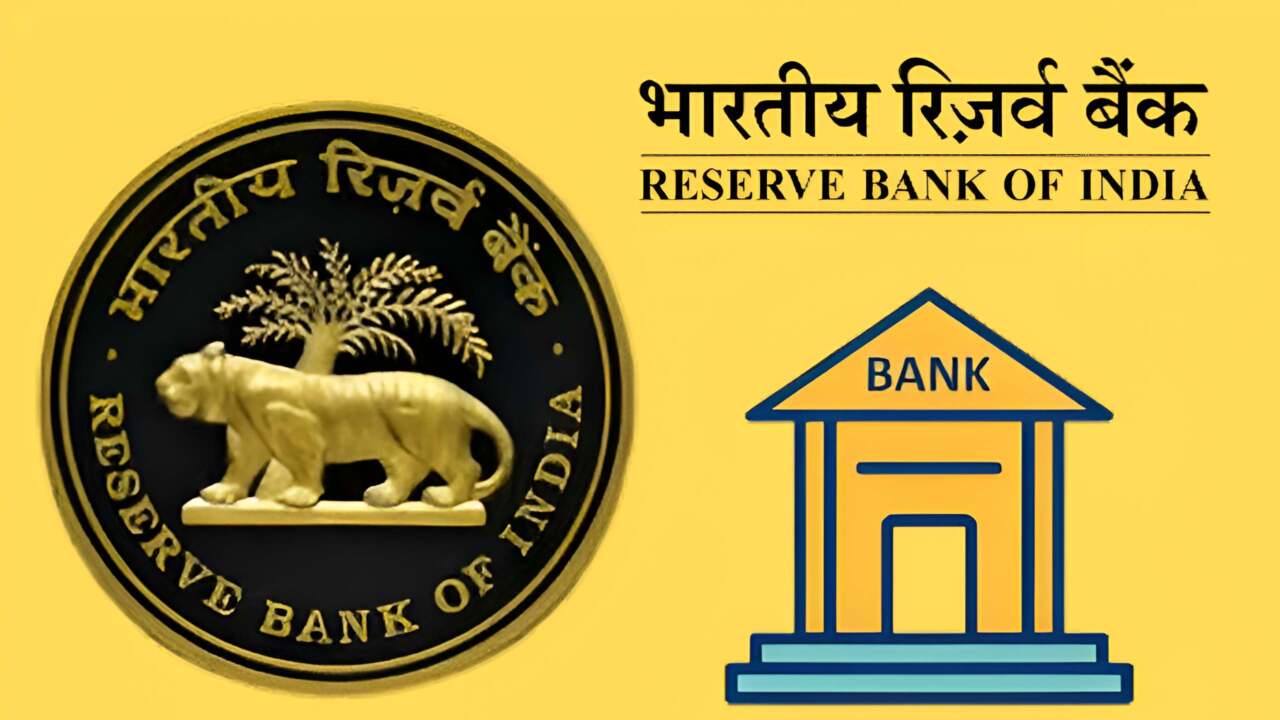The RBI announced plans to loosen restrictions on lending to major borrowers, increase lending ceilings against shares and initial public offerings, and increase bank funding for acquisitions.
Governor Sanjay Malhotra highlighted three important actions that might help the struggling domestic equities markets, even if the Reserve Bank of India’s monetary policy committee’s decision on the benchmark lending rate was as anticipated.
First, the RBI suggested creating a structure that would allow Indian banks to fund acquisitions by Indian corporations, therefore broadening the scope of capital market financing by banks. Along with increasing the restrictions for IPO funding from Rs 10 lakh to Rs 25 lakh per individual, the governor also suggested lifting the limits for bank loans secured by shares from Rs 20 lakh to Rs 1 crore.
Additionally, the RBI has the authority to remove the 2016 framework that discouraged banks from lending to certain borrowers (those with a banking system credit limit of Rs 10,000 crore or more).
In his speech following the MPC, the Governor stated that although the Large Exposure Framework implemented for banks addresses credit concentration risk to a specific entity or group at the individual bank level, concentration risk at the banking system level, as and when deemed necessary, will be managed through specific macroprudential tools.
Investors will be able to pledge more shares and borrow more money against their assets as a consequence of the increased lending against shares. According to analysts, this might lead to increased purchasing interest in the markets.
According to Karthick Jonagadla, Investment Manager on Smallcase, “credit-enabling regulatory actions, allowing bank acquisition financing, easing lending against listed securities, and phasing ECL/Basel III to 2027, extend fee and secured-lending levers, would boost capex and market activity.”
According to Vishal Goenka, co-founder of IndiaBonds.com, the banking sector’s reforms, which include a framework for M&A financing and financing against listed debt securities to expand by domestic banks, will speed up access to capital markets for acquisition financing as well as investment in corporate and fixed income bonds.
For the second consecutive time, the RBI opted to maintain the benchmark repo rate at 5.5 percent on October 1 at today’s Monetary Policy Committee meeting. Additionally, the MPC maintained the “Neutral” attitude.

